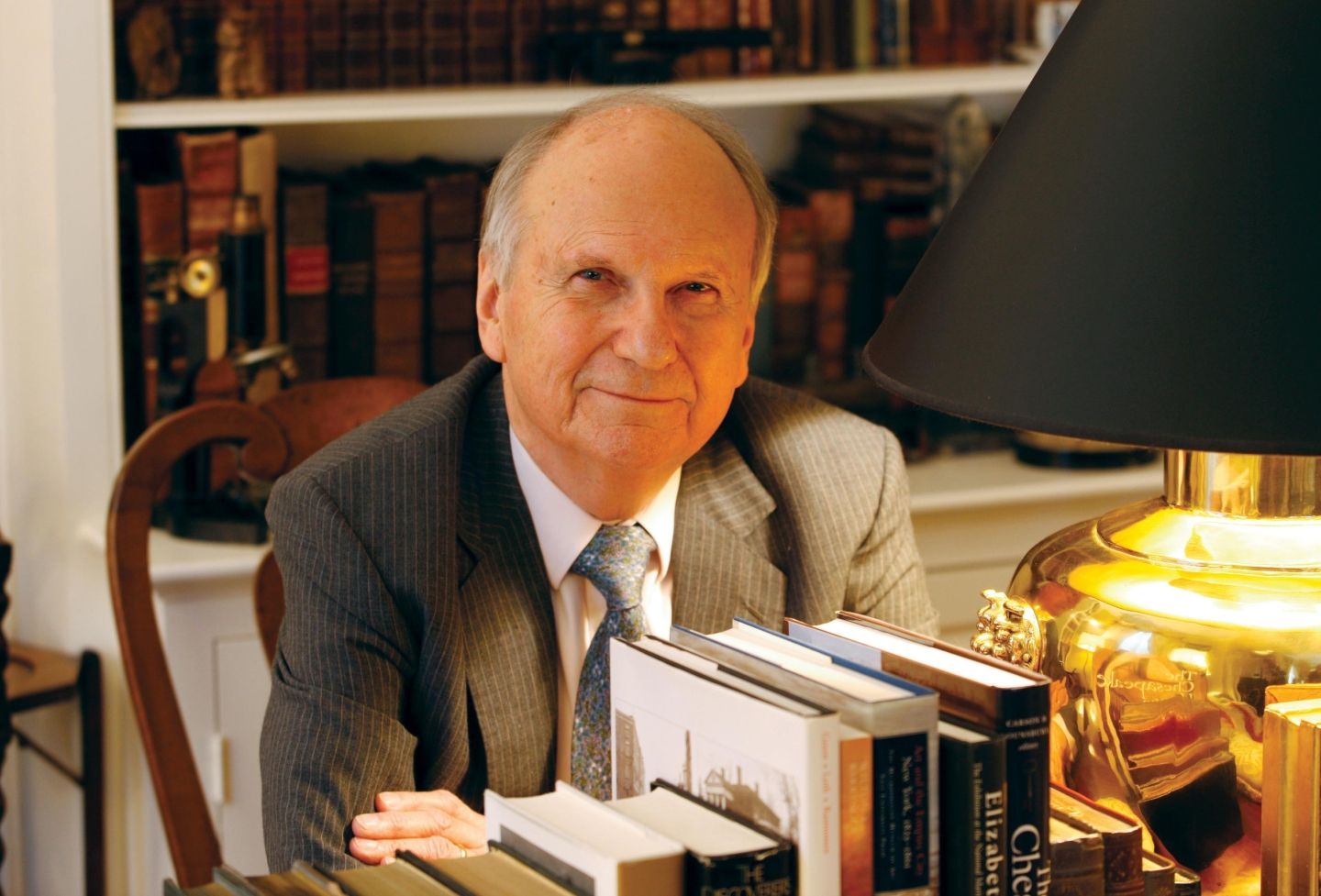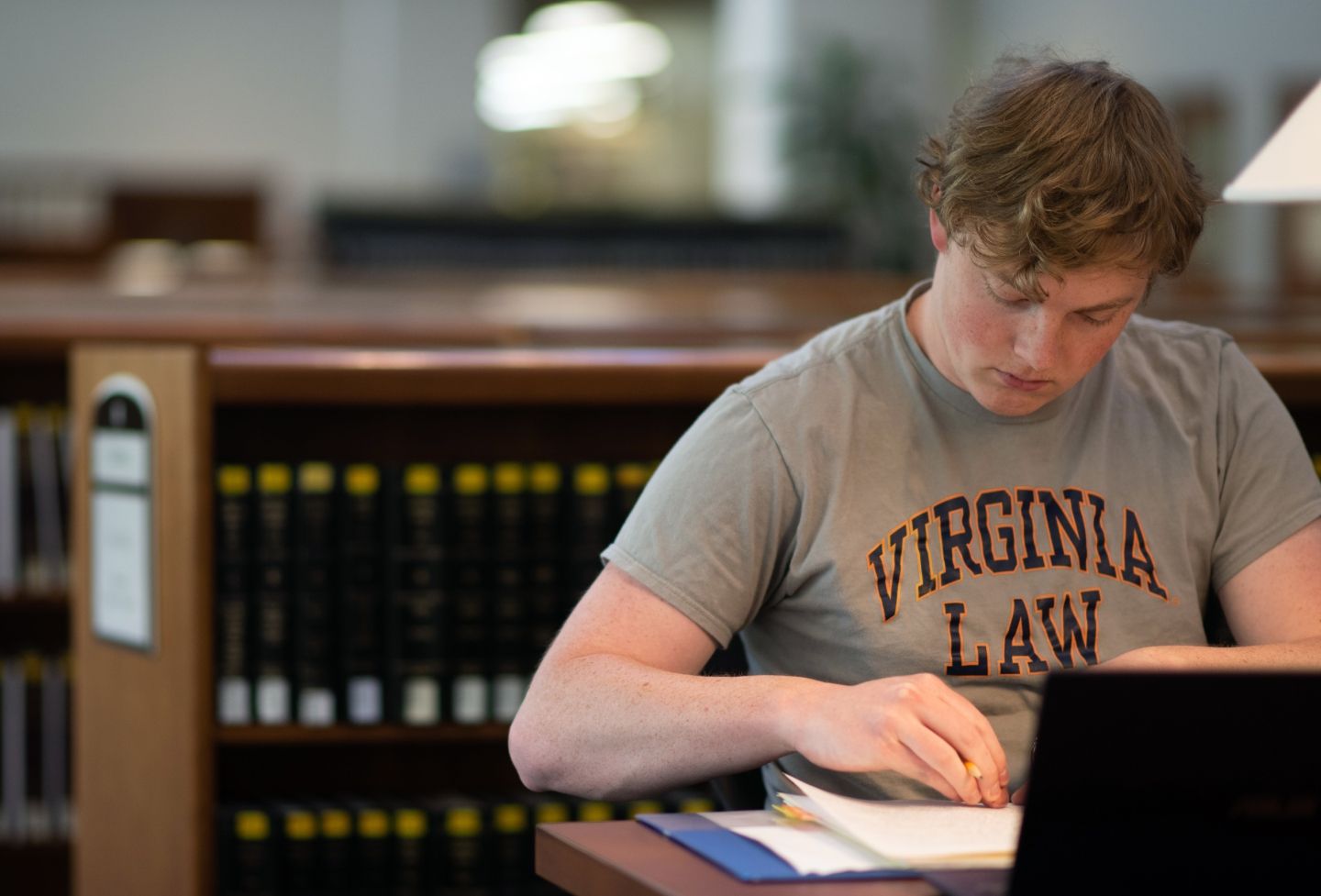Americans might have heard of the U.S. Supreme Court’s “shadow docket” after justices refused to halt a restrictive abortion law from going into effect in Texas following an emergency petition to the court.
What is this behind-the-scenes practice? Is it a vital function of the court or a way to create new precedent in the dark?
Two University of Virginia School of Law professors weighed in on the shadow docket as a decision-making tool that is shaping the court’s jurisprudence.
Professors Rachel Bayefsky and Lawrence B. Solum said the term “shadow docket” describes the process of granting relief to an applicant through an emergency order or a summary decision, rather than hearing the case with a full briefing and oral argument.
In the case of the Texas abortion law, a majority of the court announced in an unsigned Sept. 1 opinion that it would not issue a stay or injunction, though it did not mean to limit “procedurally proper challenges” to the statute. Abortion providers had challenged the law, which encourages the public to sue those who help a woman obtain an abortion after approximately six weeks. Defendants face possible fines of at least $10,000 in court.
Chief Justice John Roberts dissented, as did three associate justices, who argued that the law is plainly unconstitutional.
“In all these ways, the majority’s decision is emblematic of too much of this Court’s shadow-docket decisionmaking—which every day becomes more unreasoned, inconsistent, and impossible to defend,” Justice Elena Kagan wrote in her dissent.

Bayefsky said sometimes parties ask the Supreme Court to grant relief in a short time frame because fast-approaching events will greatly alter the status quo if the court does not intervene, such as in executions.
“It would be unrealistic for the Supreme Court never to consider requests for time-sensitive relief,” she said.
Bayefsky witnessed the shadow docket firsthand when she clerked for Justice Ruth Bader Ginsburg during the 2018 term. The court agreed to stay, or suspend, an appellate court ruling allowing a Louisiana abortion law to take effect. The Supreme Court later granted certiorari — agreeing to review the case — and issued a merits decision in June 2020 holding that the Louisiana statute was unconstitutional.
During her clerkship, the court also issued orders granting or denying stays of execution in response to religious liberty concerns.
Bayefsky said the shadow docket, though arguably a necessary tool, has its critics.
“Oft-cited shortcomings of the shadow docket are that the court’s decisions are made rapidly and without the benefit of full briefing and oral argument, and the justices do not necessarily reveal the vote breakdown or the reasons for their conclusions, making it harder for the public to understand the court’s rulings,” she said.
There is evidence that activity on the shadow docket has increased for certain types of cases, she said, and research shows that the federal government has sought relief from the Supreme Court through the shadow docket more frequently in recent years.

Solum, a legal theorist and constitutional originalist, said the shadow docket has been used since the 18th century to consider procedural motions without oral argument or briefings. The shadow docket is essential if “properly confined,” he added, such as changing course when a lower court makes an egregious error. He said problems arise when the court decides questions that are not already settled.
“In shadow docket cases, the Supreme Court frequently does not provide its reasoning — it simply announces its decision,” Solum said. “And even when the Supreme Court publishes a short opinion in a shadow docket case, that reasoning is frequently cryptic, sketchy and incomplete.”
Use of the shadow docket may have accelerated during the Trump presidency, Solum said, as the Office of the Solicitor General sought stays at the high court after losses in lower courts.
“A second factor is that the court may be using the shadow docket more frequently in order to fly under the radar, that is to make decisions without the sort of transparency and public scrutiny that accompanies the regular process,” he added.
A shadow docket decision doesn’t afford parties to the litigation the same opportunity to advance their arguments and address concerns that would be revealed by fully developed written briefs and oral argument, he said. The parties have only a short time to make shadow docket appeals, and such cases run the risk of legal error that would have been avoided if the court had the benefit of its normal process.
Because of these factors, Solum argues that shadow docket decisions should only be binding in the shadow docket cases themselves. Cases decided without the benefit of briefing and oral argument should not carry the same precedent as traditional Supreme Court rulings. He said lower federal courts are giving substantial weight to shadow docket rulings. This is particularly troubling, Solum suggests, when lower court judges use shadow docket decisions to predict how the justices will rule in similar cases even when adherence to precedent would lead to a different outcome.
For example, dozens of cases have cited Roberts’ May 2020 concurrence, when the court denied an application for injunctive relief challenging COVID-19 regulations of houses of worship in California. Roberts’ shadow docket concurrence became the controlling law in much of the United States, even though it was the opinion of a single justice.
“In my opinion, lower courts that base their decisions on their predictions about the future rulings of the Supreme Court are in dereliction of their duty to make a decision on the basis of law,” Solum said. “Predictions about what the Supreme Court will do are not law and deciding on the basis of such prediction is improper. The shadow docket, by encouraging this predictive approach, has resulted in a serious breach of judicial duty by the lower courts.”
Members of Congress have pledged to hold hearings on the shadow docket. The Constitution gives Congress some power to regulate the Supreme Court, Solum said, but many scholars believe that authority should not be used to run around the court’s independence and its essential constitutional role of declaring what the law is.
Founded in 1819, the University of Virginia School of Law is the second-oldest continuously operating law school in the nation. Consistently ranked among the top law schools, Virginia is a world-renowned training ground for distinguished lawyers and public servants, instilling in them a commitment to leadership, integrity and community service.


